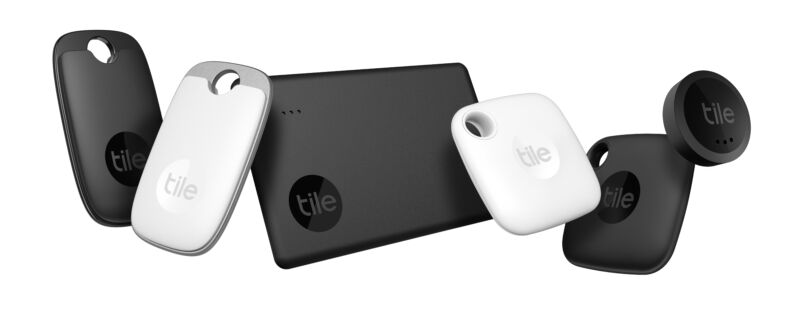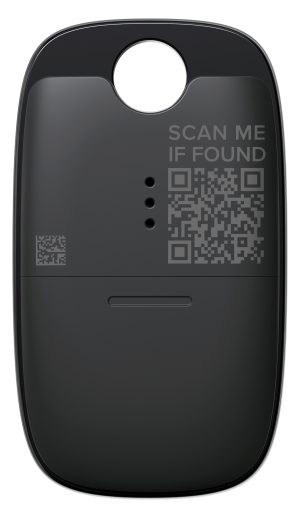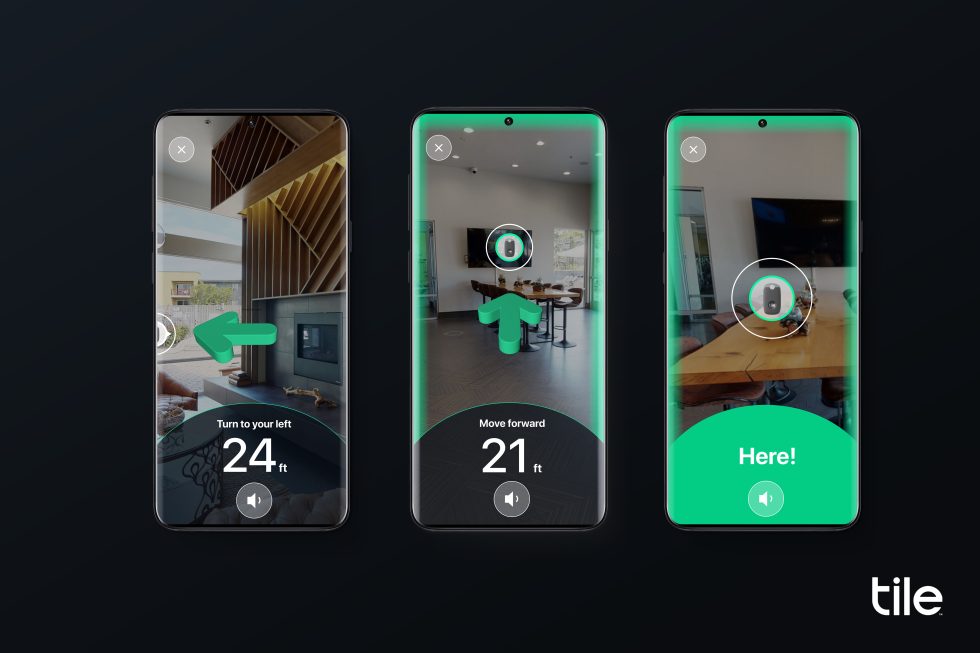
It seems like everybody has been invading Tile's turf recently, from Apple with its AirTags to Samsung and its SmartTags. Tile isn't going to take it lying down, though, and has introduced a refreshed lineup of Bluetooth tracker products that help you find your stuff. Tile's advantage over its Big Tech rivals is that it has the only platform-agnostic product line. So if you're not exclusively in Apple's or Samsung's ecosystem and are always losing your car keys, Tile is worth looking at.

The other Tile products have permanent batteries that Tile says should last for three years. After that, you'll need to replace the trackers. There's the $24.99 Tile Mate (Tile's cheaper key-chain tracker), the $34.99 Tile Slim (a tracker shaped like a credit card for your wallet), and the $29.99 Tile Sticker (a small plastic circle with sticky tape) for items where a loop connector isn't viable. The range of these three items has been upgraded to 250 feet, which Tile says is "an increase of 25% for Mate and Slim and a 67% increase for Sticker." Every new tracker, including the Pro, has IP67 dust and water resistance, so they should survive being submerged in a meter of water for 30 minutes.
The four new trackers are available now on Tile's site.
The “Tile Ultra,” coming in 2022
Tile also teased the "Tile Ultra," coming in 2022. It represents the company's jump into the ultra-wideband market. Tile didn't provide pictures of the physical tracker, just a mockup of what the app interface will look like.
Traditionally, Tiles help you locate an item by playing a sound. The trackers all have tiny speakers on them; they'll play a shrill little ringtone when you press the "locate" button, and you go hunt down the noise. Ultra-wideband (UWB), on the other hand, is a new radio technology that can physically locate an item in relation to your phone. An app will show an arrow interface on your smartphone, like a compass that always points to the object you're looking for. The phone can also sense how far away you are from the item.

Whether you want UWB or sound location depends on your situation. If you're in the same room as your item, sound will probably be faster. Most people can intuitively locate the direction and distance of a sound, and you can look for the object rather than looking for your smartphone. If you can't hear the tracker—like if you're deaf or hard of hearing, or if you drop your car keys outside in the driveway or are looking for a checked bag in a busy airport—UWB's compass interface starts to make sense.
Tile calls the Ultra "Tile's best-in-class Bluetooth finding experience," but the company doesn't mention if the device also has a speaker or if it can only be located with UWB. An ideal device would do both: ring for when it's nearby and UWB for when it's not within earshot.
UWB support is currently hard to come by. Apple has provided support for the longest, starting with the 2019 iPhone 11, while Samsung started with the 2021 Galaxy S21. Google is expected to ship UWB with the Pixel 6 next week and is only now introducing UWB APIs in Android 12. Tile says this will be "the first Ultra-Wideband tracker compatible with both Android and iOS devices."
Note: Ars Technica may earn compensation for sales from links on this post through affiliate programs.
reader comments
86